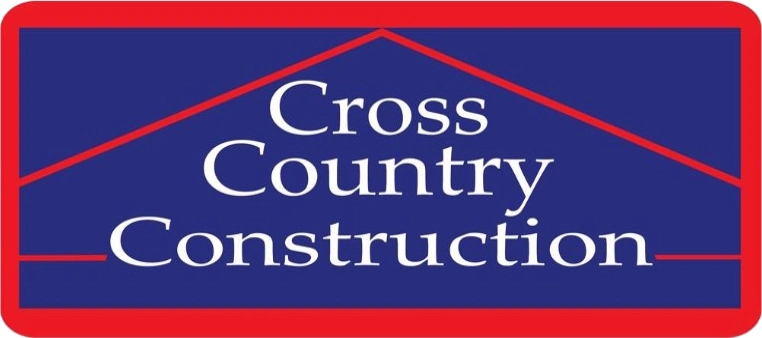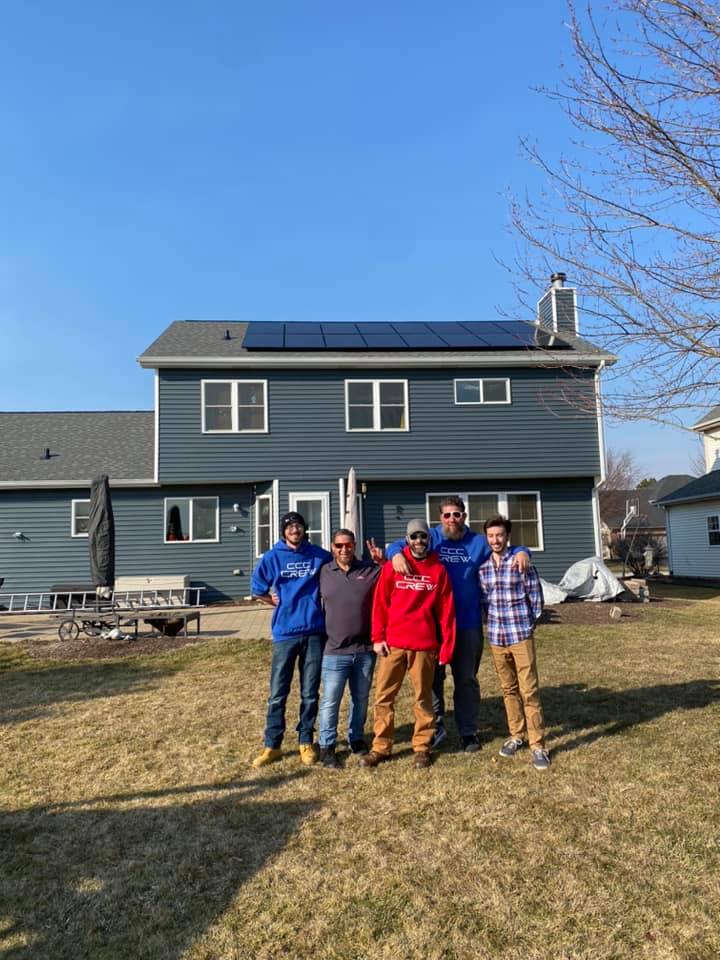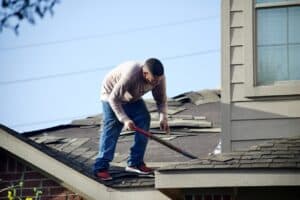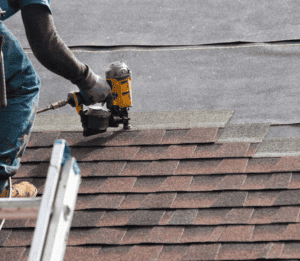Good quality vinyl siding is an extremely popular choice for home exteriors due to its durability and timeless appeal. Vinyl siding can last up to 60 years with high-quality installation and maintenance. However, it is not invincible and there are some common sources of damage to vinyl siding that you need to be aware of.
If you’re considering vinyl siding for your home, here are 7 common causes of sliding damage to look out for.
Vinyl Siding is Sensitive to Extreme Temperatures
Like any material, vinyl siding expands and contracts based on the temperature it is exposed to. Whilst it can tolerate everyday seasonal fluctuations if exposed to very high temperatures vinyl siding can possibly melt, and very cold temperatures can cause gradual cracking over numerous years.
Humidity and water damage
If improperly sealed and installed, vinyl siding can be subject to gradual moisture creep between the panels. This has the unfortunate impact of warping the siding, and can also impact the wood or carpentry beneath, particularly near windows. Look out for watermarks around the interior or exterior of your windows, as this is a telltale sign of damage.
Pest or insect damage
It is possible for bugs to damage vinyl siding. Termites, in particular, are likely to seek out any rotting wood beneath the siding. Insect presence can be tested by pushing a screwdriver against your vinyl siding. If the screwdriver easily pushes into the material, it’s likely you have an insect problem.
Hailstones or windy conditions
If you live in an area prone to storms or extreme weather conditions, you should be aware of the damage this can cause to vinyl siding. Hailstones or debris carried by the wind can result in gashes, cracks, or holes. It is crucial to repair any impact damage as soon as possible, as otherwise, your home can become vulnerable to moisture, insects, and other less favorable weather conditions in the long run.
Structural movement
If your home is of a particular age, it can be vulnerable to structural movements which can shift a building’s position. This can cause vinyl siding to buckle or bulge. If you suspect structural movement or live in an old building, it’s important to reach out to an engineer and consider repairing or replacing the siding.
Sunlight
Sunlight can cause vinyl siding to warp, melt or fade over time. Melting and warping must be repaired as soon as possible, but fading happens gradually over time and can make a building look unsightly or run-down. If you’re looking to improve the aesthetic appeal of your home or considering putting it up for sale, it is worthwhile to consider replacing the siding.
Poor installation
The number one most common cause of vinyl siding is low-quality installation. Vinyl material is highly reactive to temperatures and moisture, and so it must be fitted and installed with sufficient quality sealant and backings. It is crucial to find a quality contractor who won’t cut corners when it comes to protecting your home with vinyl siding.
It can be tempting to choose a budget contractor for installation, but low-quality siding results in many issues that will cost you more money in the long run. Choosing an expert siding contractor, like Cross Country Construction, will ensure your home is sufficiently protected for years to come.










